Are you about to start an insulation project? You might be wondering what insulation you need, especially if your task requires waterproof materials. This article will answer if Styrofoam insulation is waterproof and if you'll need a vapor barrier with this type of insulation.
Styrofoam insulation can be water-resistant, but it is not entirely waterproof. While this material does not absorb moisture from the air, it can absorb water it comes in direct contact with.
If styrofoam insulation is not waterproof, what kind of insulation is? Keep reading as we layout which insulating materials are completely waterproof, and answer if foam board and styrofoam are the same.
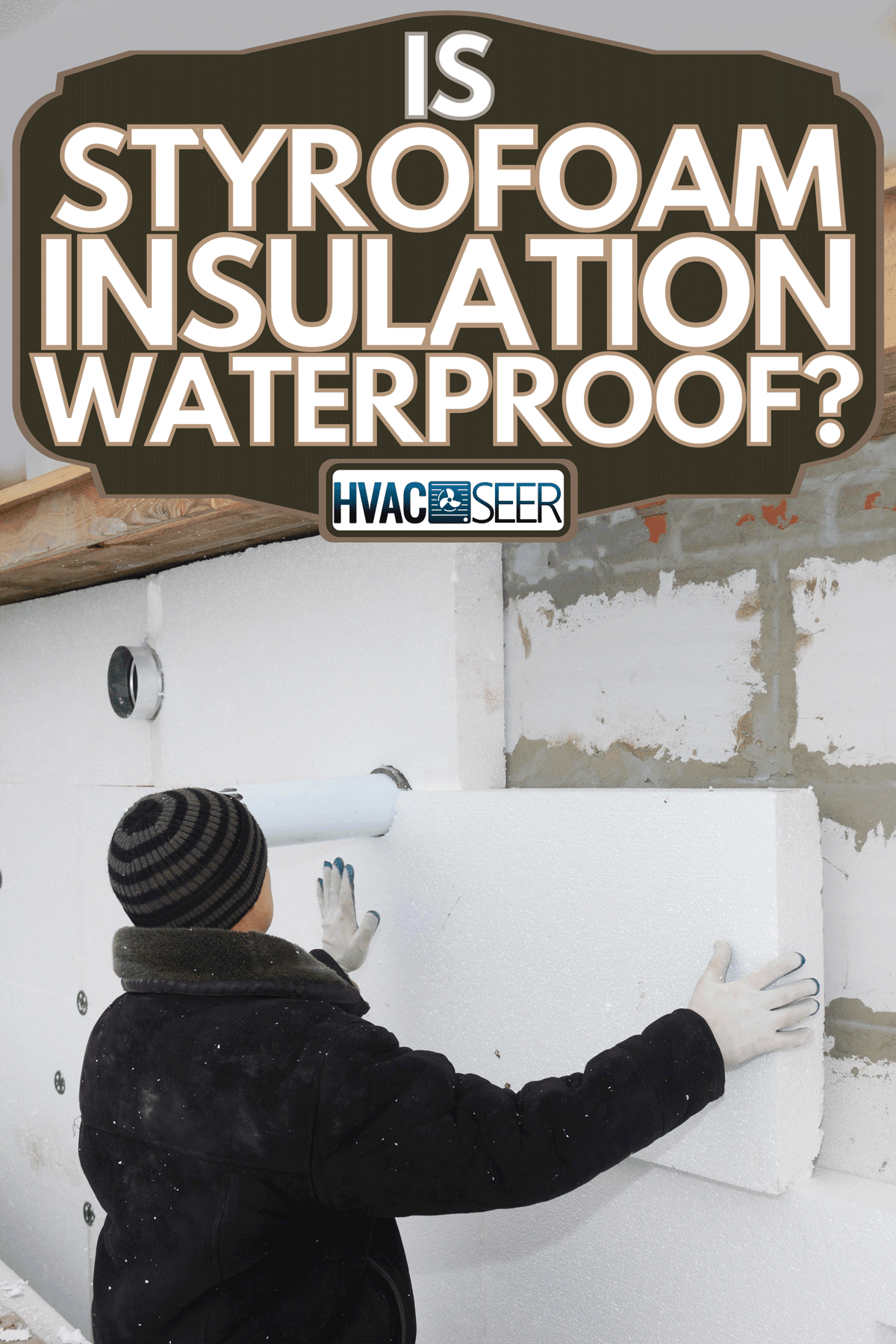
What Is Styrofoam Insulation?
Styrofoam insulation gets made with expanded polystyrene. You have a large amount of air or trapped air bubbles within the material. The airspace inside is why Styrofoam works as insulation.
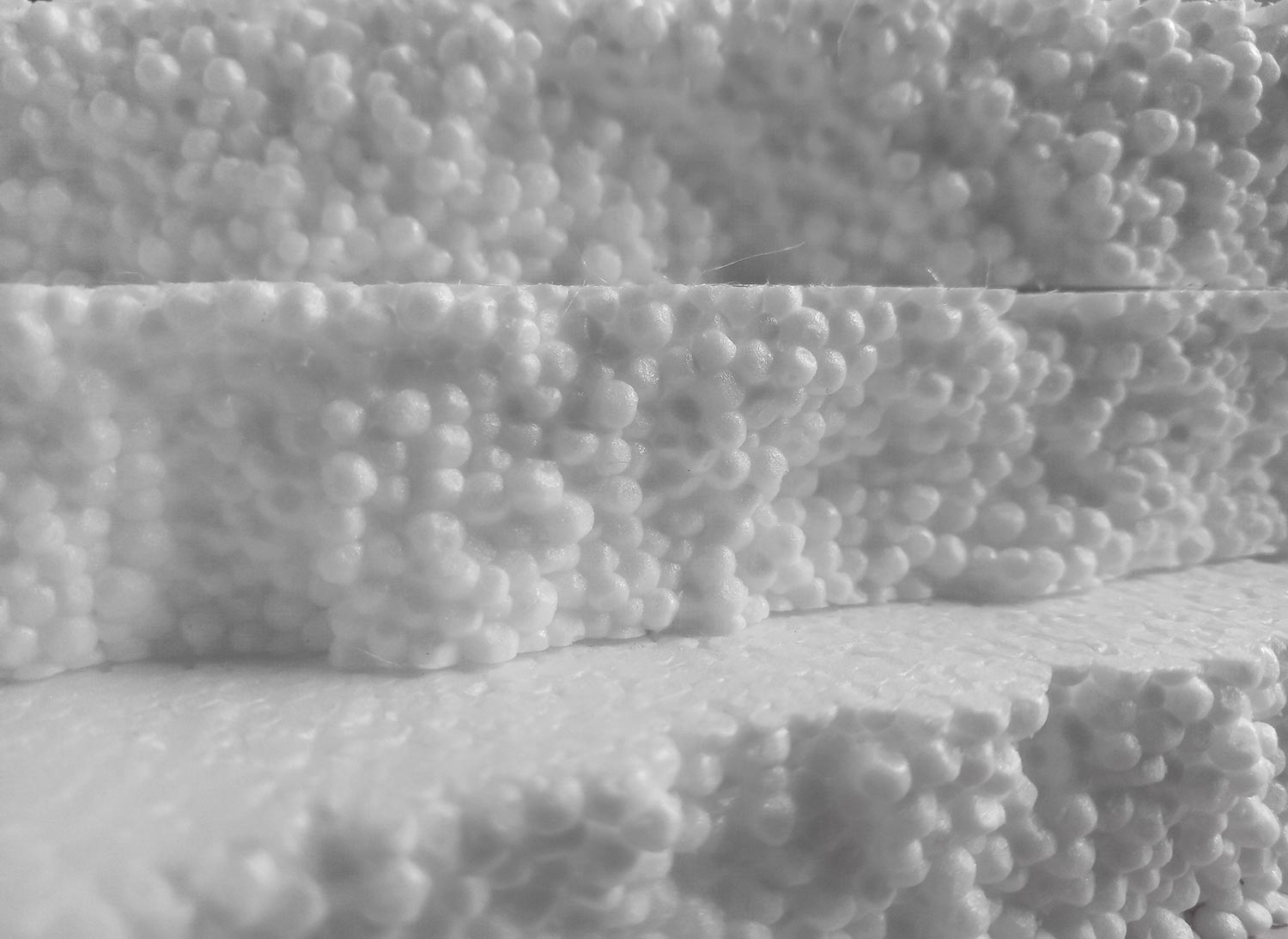
Air is not a good heat conductor. The air bubbles within the styrofoam block heat transfer. Styrofoam insulation can be used in floors, roofs, exterior structures and aid with acoustic or sound traveling.
Styrofoam insulation can come in rolls, balls, or boards. Are you wondering if the foam boards and styrofoam boards you see are the same? We'll answer that next.
Is Foam Board The Same As Styrofoam?
Foam board and Styrofoam are not the same, even if they appear to have many similarities. The major difference is that foam boards get made with extruded polystyrene material. This is not the same as the expanded polystyrene used in styrofoam.
Styrofoam comes in insulating blocks, but you also see this material in everyday items, like coffee cups.
Foam boards are lightweight but dense. They are often sturdier than styrofoam and have less potential to absorb water and moisture. Furthermore, the high permeability rate makes foam boards mold resistant.
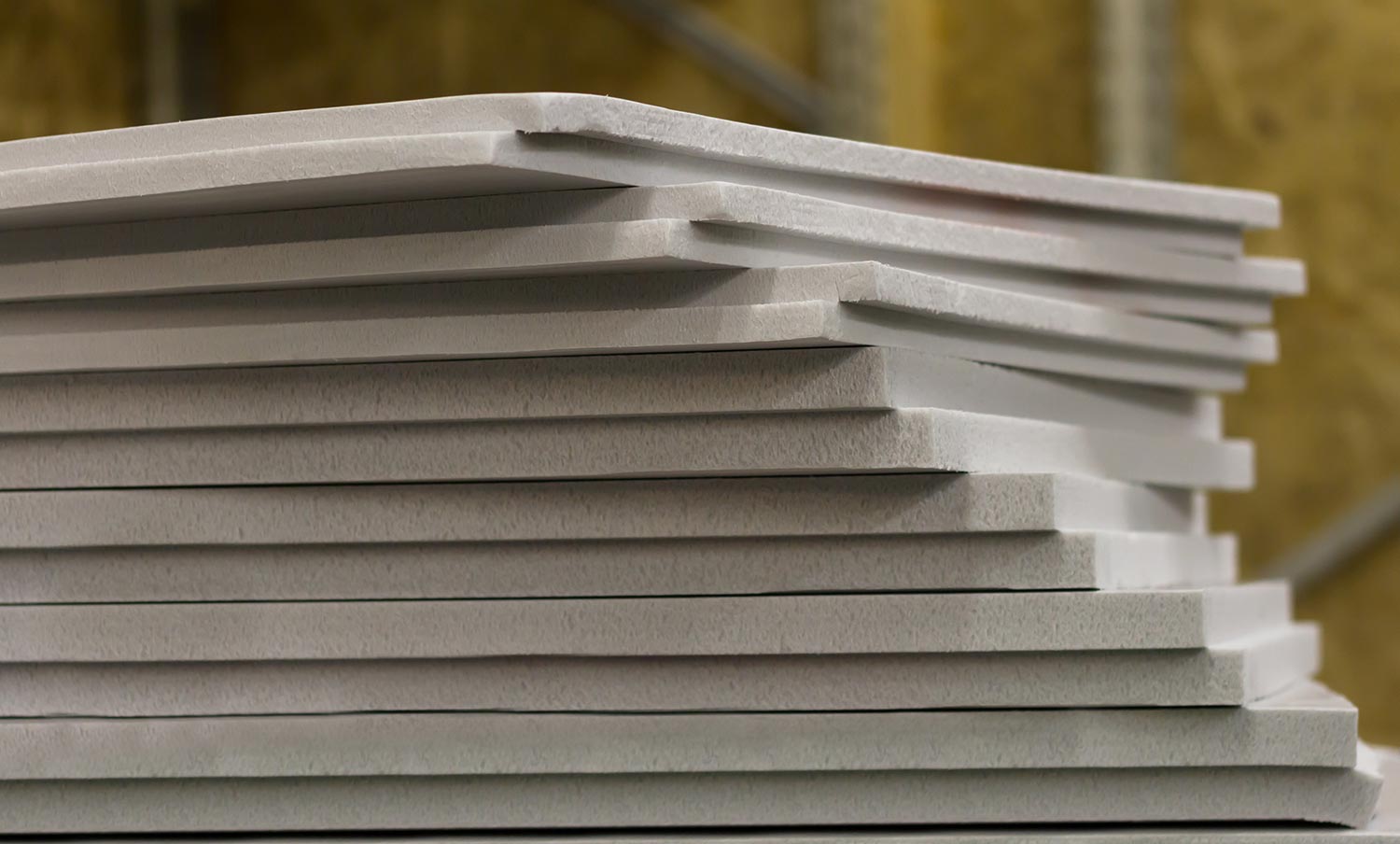
If you consider yourself an environmentalist, you should know foam boards are the greener option. Foam board is recyclable, while styrofoam is not. Additionally, the blowing process used to create foam boards is more environmentally friendly.
Foam board insulation has slightly higher heat flow resistance and long-term value. These differences are why foam board is typically used in harsh conditions.
Foam board is excellent for construction projects, pools, landscaping jobs, tapered roof insulation, and more.
Read more on our blog post, "How To Insulate A Crawl Space With Foam Board?"
What Kind Of Insulation Is Waterproof?
When insulating a roof or basement, having waterproof protection is vital. Waterproof materials will protect your home or structure from rain, snow, humidity, and more. Insulation that is labeled as waterproof include the following:
- Polyiso
- XPS
- GPS
Each material gets created with different methods and has its specific uses. What material you need can change based on climate, budget restrictions, and more. Let's take a closer look at the properties of each type of insulation.
Polyiso
Polyiso is composite insulation made with synthetic materials that are heated and cooled to create rigid panels. The waterproofing comes from the materials that cover these panels.
Panels get enclosed in layers of fiberglass and recycled paper materials. These layers make polyiso waterproof, moisture resistant, and able to protect against extreme temperatures. It is one of the most effective types of insulation.
During installation, it is important to wear protective gear. Polyiso can be a mechanical irritant for the eyes, skin, and upper respiratory system.
XPS
XPS or expanded polystyrene consists of the foam boards we talked about. The polystyrene pellets go through a melting process and are then injected into flat molds. When the mold cools, you are left with dense, waterproof insulation.
This specific insulation can be found in roofs or within foundation walls.
GPS
Graphite polystyrene insulation, or GPS, is newer insulation when compared to the other materials. GPS gets made with Neopor beads, which gives this insulation a dark gray color.
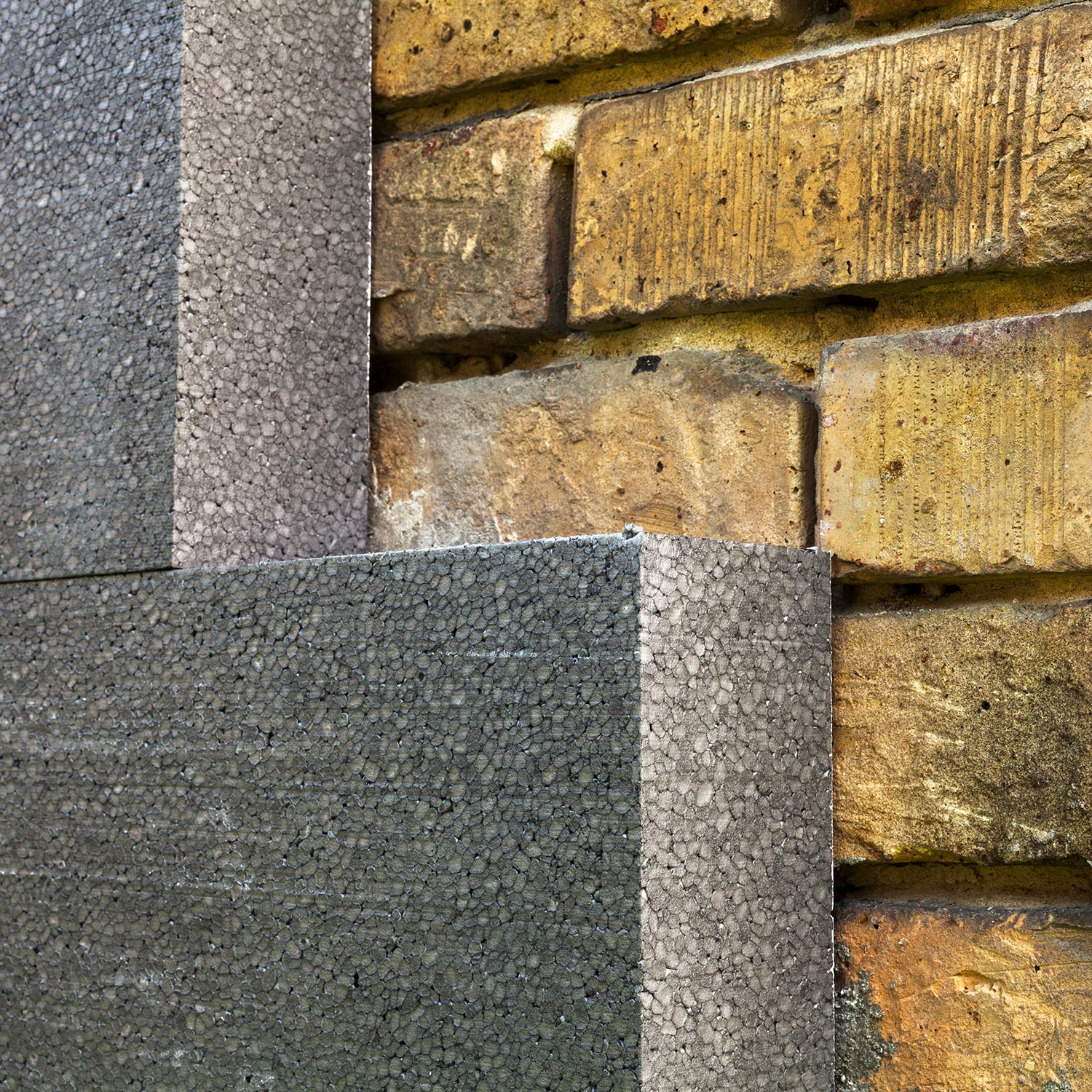
GPS can be more expensive than other insulation. However, this material is more energy-efficient, possibly saving you money in the long run. Additionally, GPS is adaptable to all climates zones and includes one of the highest R-values.
Read more on our blog post, "What's The Best Insulation For Soundproofing Ceilings And Walls?"
What Does The R-Value Mean?
The R-value is a number that rates the material's ability to insulate a structure from heat loss and water penetration. Having a high R-value is important if you live in a climate with a high amount of humidity or moisture.
This value gets determined by the type of insulation, as well as the thickness and density of your insulation pieces. You can decide what R-value you need by seeing what climate zone you live in. R-value increases as the depth of your insulation increases.
You can increase the original R-value of your insulation by adding more layers of the material. Additionally, mix the types of insulation you are using. Insulation with a higher R-value tends to be more in price.
Is Styrofoam As Good As Insulation?
While there are other insulation materials available, styrofoam is still good insulation. Used as insulation for decades, styrofoam has many practical applications. Additionally, it is one of the cheapest types of insulation.
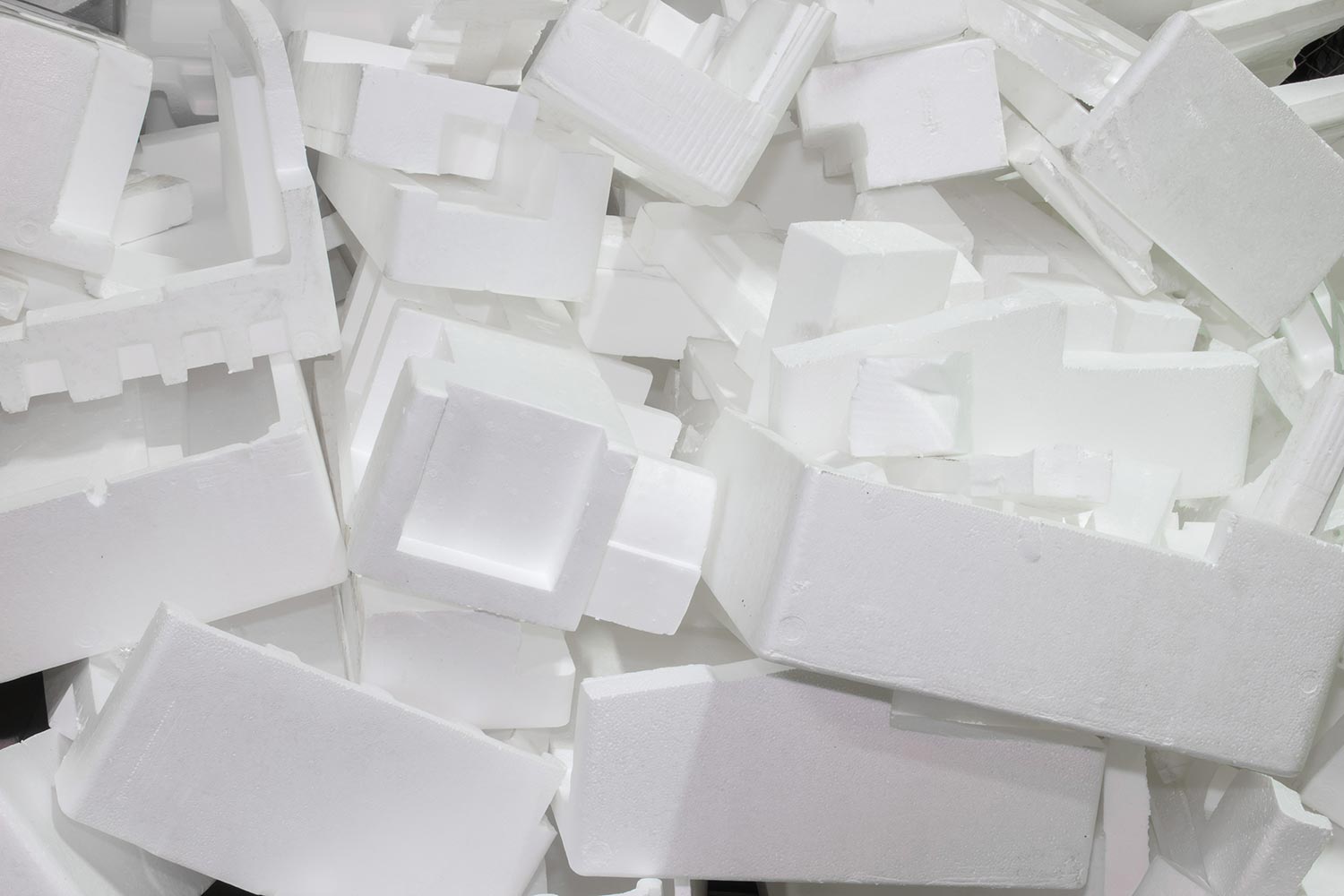
Styrofoam can be used as insulation for more than a house as well. Other applications of styrofoam include soundproofing, foodservice packaging, shipment packaging, and more.
Furthermore, styrofoam can be easily shaped versus other insulation that only comes in rectangular molds. Using styrofoam, you can prevent heat loss from the item you are insulating or stop heat from entering.
Do You Need A Vapor Barrier With Styrofoam Insulation?
A vapor barrier prevents condensation and moisture from building up within your structure. This preventative measure reduces the chance of mold and other structural issues from happening.
Vapor barriers, or a vapor diffusion retarder, can be effective against indoor and outdoor humidity. These barriers come in different materials, such as aluminum sheeting or plastic.
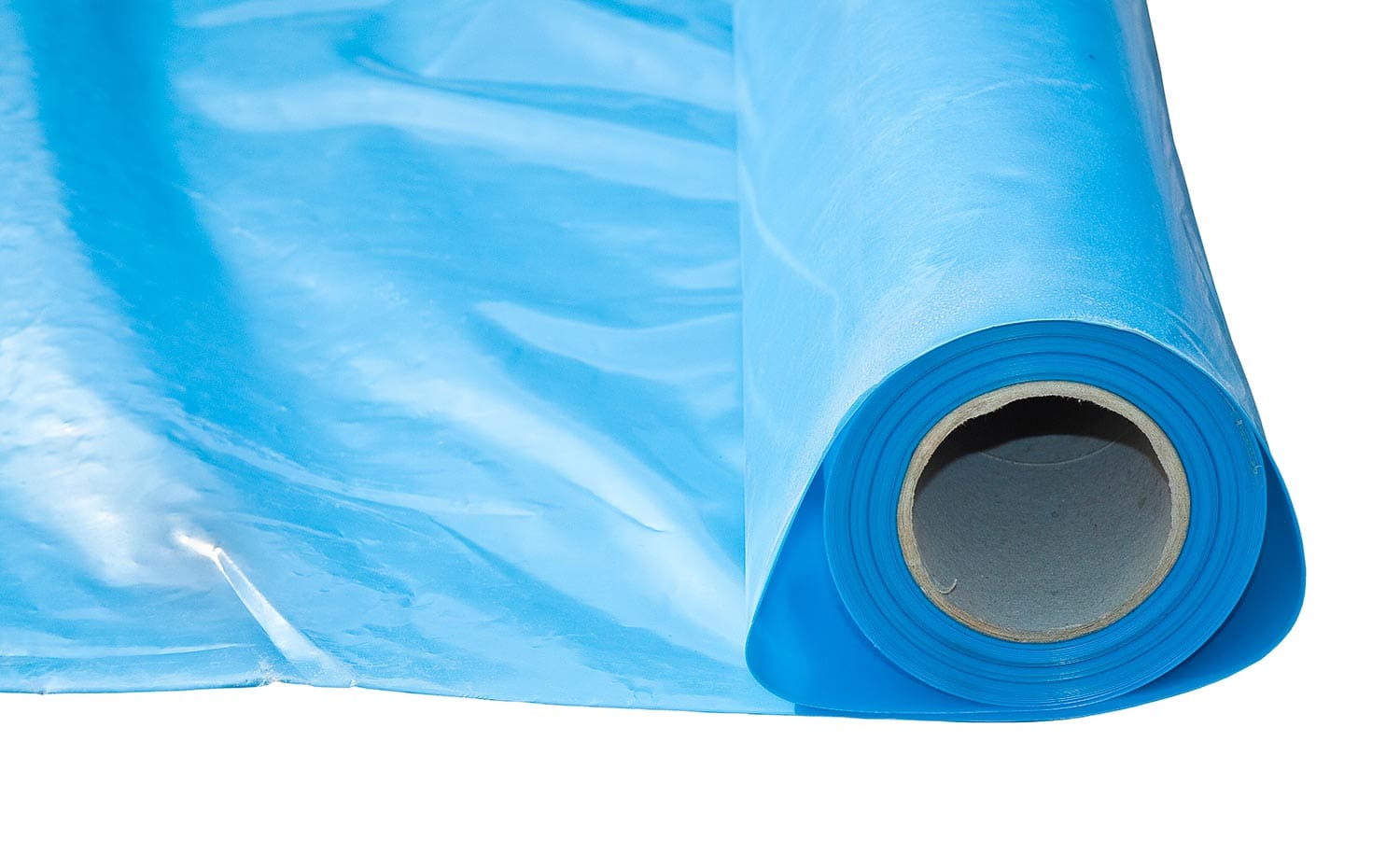
Deciding if you need a vapor barrier depends on the type of insulation you are using, your location, and the weather in your area.
When using styrofoam insulation, you should use a vapor barrier. Not every builder will, but the application of a vapor barrier can save you from issues and extra work in the future.
Especially because styrofoam is not completely waterproof, you should consider a barrier. This will further protect the insulation itself and the structure you are insulating. Furthermore, some building codes require a vapor barrier. Always confirm your building codes before starting a project.
Learn more on our blog post, "Does Faced Insulation Need A Vapor Barrier?"
What Is The Difference Between Interior And Exterior Vapor Barriers?
After you decide you require a vapor barrier, the next question is: Where do you need to place it? The answer will depend on where your humidity and moisture originate from.
A general rule is if you are in a colder climate, your barrier should be the interior of the insulation. In warm climates, your vapor barrier should be placed on the exterior of your insulation.
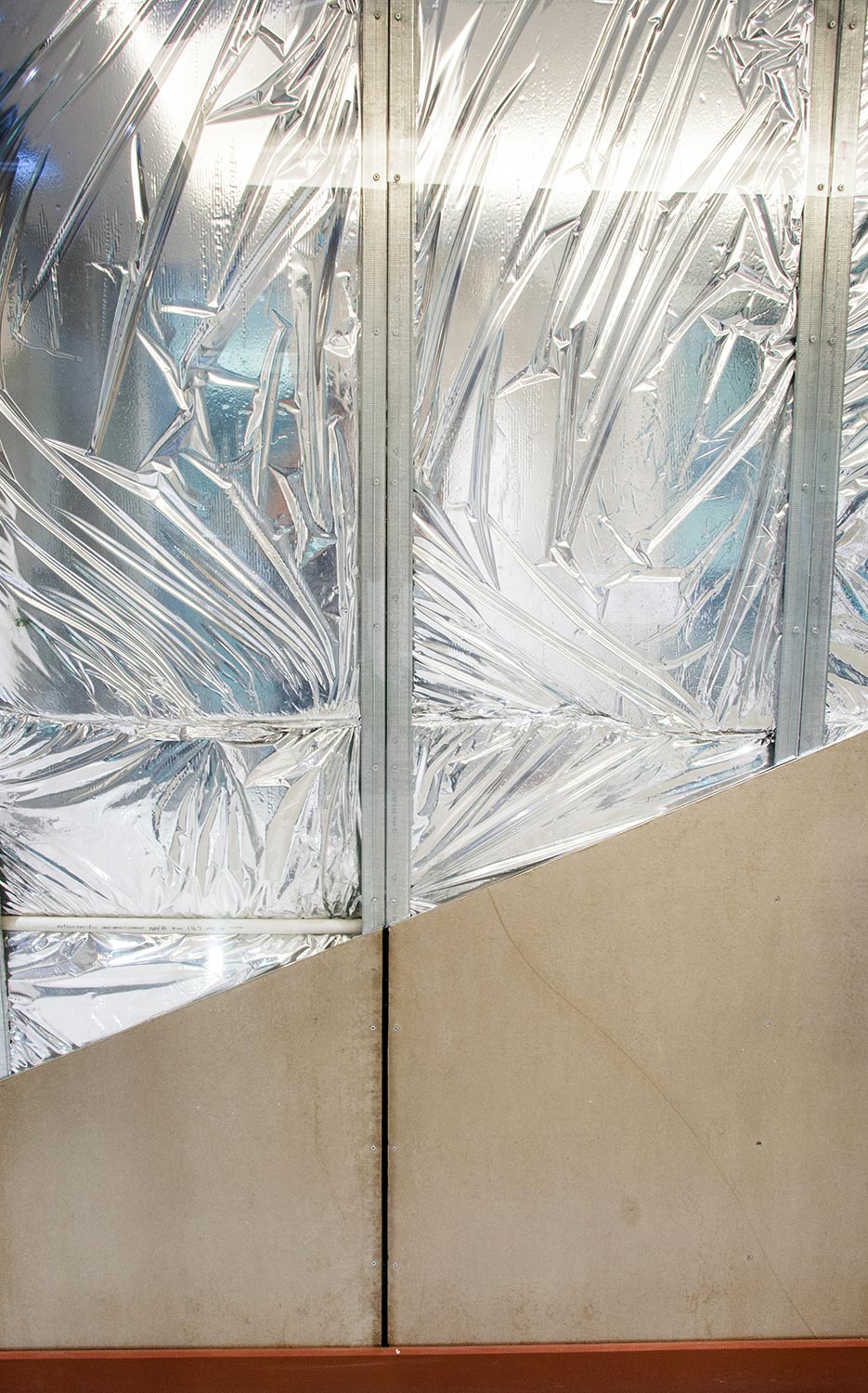
This is because, in cold weather, there is more interior heating. So, your moisture will be coming from the inside rather than outside. It is the opposite in warm weather. The interior will be cooler, with moisture and humidity coming from the outside.
Do you live in an area with all seasons or a mixed climate? In these cases, your building code most likely requires a vapor barrier, no matter the insulation material you are using.
In these mixed climates, you need to assess if your area spends more time in hot or cold weather. If it is hot for more months than it is cold, you will install an exterior vapor barrier and vice versa.
Unsure about where to place your barrier? Don't worry. Contacting a professional contractor can get you the exact answer you need. They may even have additional recommendations on materials and other locations that need to be insulated.
In Summary
Styrofoam insulation is not entirely waterproof, but it is water-resistant. Still, styrofoam is reputable insulation that gets used throughout many practical applications. We hope you found this article insightful when choosing insulation for your project.
Are you looking for more insights on insulation? Have a look through our blog post, "How Long Does Insulation Last And When To Replace It."
